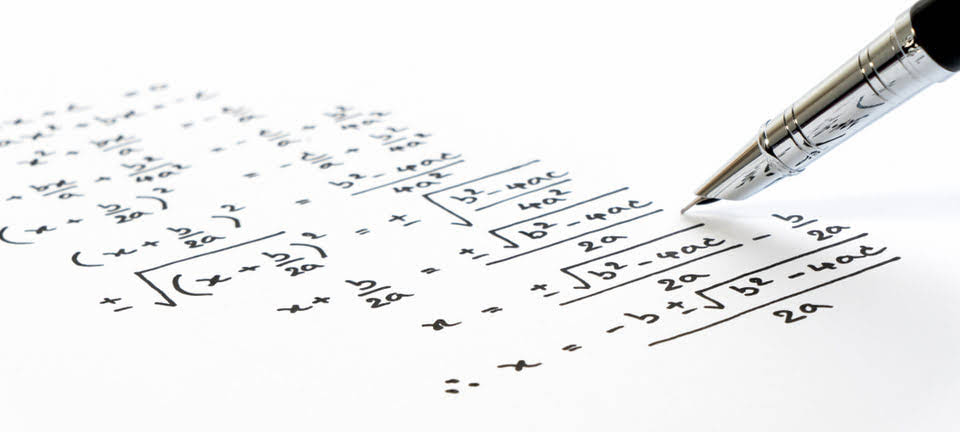
The Woodard Report is a collection of articles from several authors to advance the understanding and knowledge surrounding the accounting profession and technologies connected to that profession. A new forklift might cost $75,000, but it won’t be worth that same amount after 3 years. Eventually, it will be decommissioned after it has lived its useful life and have a value of zero or a minimal salvage value. Depreciation is a way to financially account for the decrease in value of a physical asset over time. Keep in mind that production overhead will be distinct from overhead calculations for other departments.
Costing Methods for Inventory
Inventories are generally measured at the lower of cost and net realizable value (NRV)3. Cost includes not only the purchase cost but also the conversion and other costs to bring the inventory to its present location and condition. If items of inventory are not interchangeable or comprise goods or services for specific projects, then cost is https://www.bookstime.com/ determined on an individual item basis. Conversely, when there are many interchangeable items, cost formulas – first-in, first-out (FIFO) or weighted-average cost – may be used. Techniques for measuring the cost of inventories, such as the standard cost method or the retail method, may be used for convenience if the results approximate cost.

Best Practices for Improving Manufacturing Accounting
Overhead costs include expenses like factory rent, utilities, and administrative costs. This approach is primarily beneficial for manufacturers manufacturing accounting who produce a relatively low number of unique products. For example, a manufacturer of made-to-order furniture would likely employ job costing.
IAS 2 requires a consistent cost formula for similar inventory; US GAAP does not

Compatibility with existing management tools and databases minimizes the risk of data loss or disruption to ongoing processes. Integration streamlines operations, automates tasks, and enhances overall efficiency. Your manufacturing business is as creative and unique as you are, so it goes without saying your accounting software should be too. Manufacturers will often seek out a modularized all-in-one solution, where every facet of the business, such as inventory, tracking, production, and planning, are combined into one system. These highly extensible systems are known as enterprise resource planning (ERP) platforms. Overhead costs, encompassing direct and indirect costs, are like the oil that keeps the machine running but isn’t part of the main engine.
- There are various costing methods that each inform cost accounting in their own way.
- Raw materials inventory is all the most basic materials needed in production inventory management.
- A manufacturer may produce those raw materials internally or purchase them from a supplier, but procuring raw materials is the first step.
- The implication is that different parts of your inventory have different inventory turnover rates.
- But there is another type of inventory not traditionally considered part of the big three of manufacturing inventory.
- Manufacturing accountants are like the guardians of the treasure chest, ensuring no coin is wasted, epitomizing the precision and efficiency of modern manufacturing accounting.
The subsequent depreciation of the cost is included in production overheads in future periods over the asset’s estimated remaining useful life. With proper inventory management, you can ensure a steady supply of materials while keeping expenses under control. The software should have the ability to generate financial reports and provide insightful analysis of production performance. Advanced job costing functionalities empower you to identify areas for cost reduction, enhance productivity, and boost profitability. Work-in-process (WIP) or work-in-progress inventory refers to products that have made it through part of the manufacturing process but remain unfinished.
Overview of Manufacturing Costs and Costing Methods
Just in time inventory endeavors to manufacture precisely what’s needed to fill demand. By manufacturing only what demand requires, production costs go down while production quality (typically) goes up. And the process to get from one to the other is so complex that for the average person it’s almost inconceivable. It would help if you had a manufacturing software solution that allows you to deal with the extra complexity of calculating inventory and the cost of your manufacturing goods. This software can be used to extract data and analyze trends, improve efficiency, and make the best business decisions.
- Impact on your credit may vary, as credit scores are independently determined by credit bureaus based on a number of factors including the financial decisions you make with other financial services organizations.
- The parts factories then produce the necessary parts to replace what’s reflected in the kanban cards.
- Instead, such costs are added to the carrying amount of the related property, plant and equipment.
- Along with direct materials and direct labor, you must include the cost of manufacturing overhead to ensure you get the right valuation when it comes to inventory and selling price.
- It is therefore mostly an internal business management process aimed at better decision-making on budgeting, cost control, constraint and margin analysis, etc.
- The International Accounting Standards Board (IASB® Board) eliminated the use of LIFO because of its lack of representational faithfulness of inventory flows.
Understanding the Basics of Manufacturing Accounting
When you can estimate how much it’ll cost to produce each unit, you can gauge your progress during each accounting period. If that’s feasible for your business, the Internal Revenue Service (IRS) requires you to use this method. Running a manufacturing company while managing its books is a challenging prospect.
This depends on whether the labour requirements of a particular job change as you add more volume. Impact on your credit may vary, as credit scores are independently determined by credit bureaus based on a number of factors including the financial decisions you make with other financial services organizations. Many or all of the products featured here are from our partners who compensate us.
Production costing methods are manufacturing accounting methods used to calculate and analyse your costs to produce finished goods. Material costs cover all the inventory stock items that go into a finished product. This includes raw materials, parts, and components – and also consumables like screws and adhesives. Major breakdowns of supply chains (from raw materials and work-in-progress to finished products), inflation, and a tight labor market will likely remain steadfast challenges. As such, the time is now for the industry to take action—to devise a plan to improve and streamline supply chains, bulk up its workforce, and enhance client relations.
Process costing is beneficial for saving time as calculating costs need not to be completed for each individual unit. The downside is that the costs per unit can become inaccurate since rounding up costs per process can introduce discrepancies. Standard costing is very beneficial for creating and polishing budgets as it gives predefined cost estimates that can be measured against actual expenses.